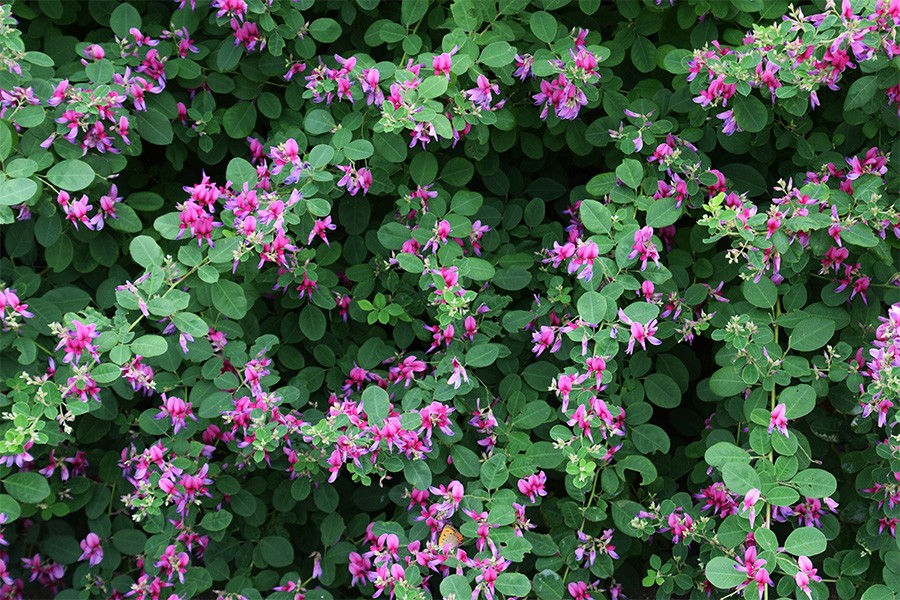Lawn Maintenance
-

C 918
Mole Crickets in Turf
Mole crickets are serious pests of Georgia turf. Estimates of mole cricket losses in commercial, recreational and residential sod now exceed $20 million annually. Weather and soil conditions in Georgia’s Coastal Plain region are ideal for mole crickets, and damage continues to increase.
William G. Hudson
|
-

B 1364
Chainsaw Safety Tips
This publication discusses tips for purchasing the correct chainsaw for your needs and how to use it safely.
Glen C. Rains
|
-

White grubs are the larvae of scarab beetles. All are C-shaped, white to dirty white in color, with a brownish head and legs.
William G. Hudson
|
-

This publication contains basic information about slime molds, Spanish moss, lichens and mistletoe.
Jean Williams-Woodward and Mila J. Pearce
|
-

In Georgia, irrigation supplements rainfall and most years, even in summer, irrigation isn’t needed every day. With a little careful observation, you can learn to determine your landscape plants’ water needs.
Sheryl Wells
|
-

A water smart landscape is more than just water-efficient. It’s a landscape that has been carefully designed, properly installed and managed to reduce pollution, improve conservation and ensure year-round beauty.
L. Mark Risse, Rose Mary Seymour, and Sheryl Wells
|
-

Spring dead spot (SDS) is a persistent and destructive disease of bermudagrass (Cynodon sp.) in Georgia. The disease can be problematic on lawns, landscapes, golf courses (bermudagrass greens, tees and fairways) and sports fields. The disease is particularly prevalent and damaging in north Georgia, especially in the Piedmont region. However, SDS can be observed throughout the state after harsh winters and in areas where bermudagrass has been exposed to freezing temperatures for extended periods of time. The disease has also been observed in zoysiagrass, although less frequently. This publication explains how to identify and control Spring Dead Spot in lawns in Georgia.
Clint Waltz and Alfredo Martinez
|
-

This publication describes ways to identify and control Lespedeza in turfgrass, including cultural control methods, preemergence herbicides and postemergence herbicides.
Patrick E McCullough
|
-

The key to disease control is a healthy plant. Under proper turfgrass management, disease-causing conditions are often reduced and healthy turf is maintained. The following management practices will help achieve vigorous, healthy turf and reduce turfgrass disease problems.
Clint Waltz and Alfredo Martinez
|